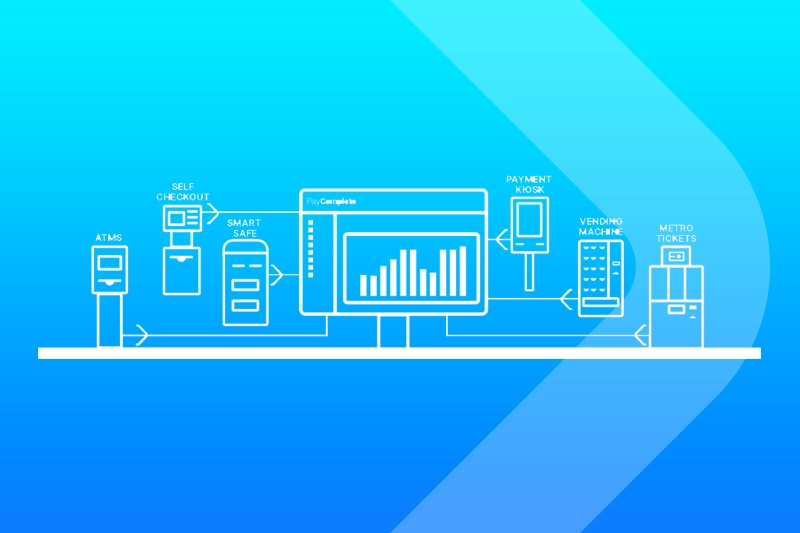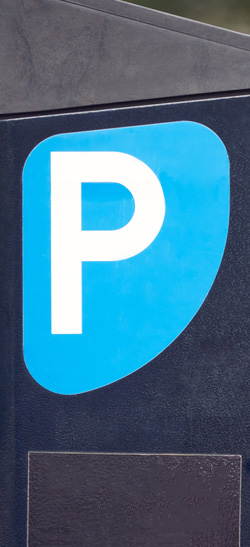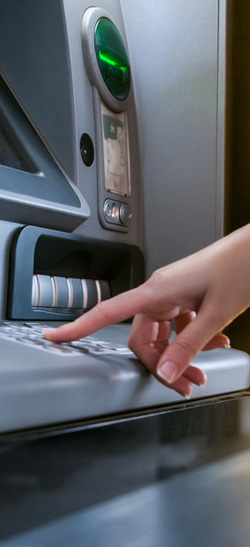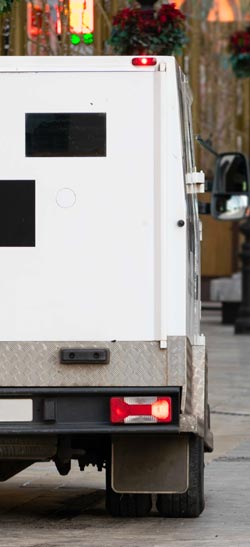Coins still play a vital role in many businesses’ everyday transactions, even in our digital age.
But counting them by hand can be an error-prone and time-consuming process, whereas coins can be accurately weighed to ensure precision.
Luckily, coin counting scales can solve this, drastically increasing accuracy. Let’s see how counting money by weight can reduce manual processing errors and so much more.
Understanding Counting Money by Weight
Counting money by weight is a reliable and efficient method used in various industries, including retail, hospitality, and banking. This technique involves using specialised money scales that can accurately weigh and count coins and banknotes.
What are Money Scales?
Money scales are devices that accurately identify and count coins by weighing them.
They are calibrated to recognize the specific weights and quantities of different types of coins. This allows individuals or businesses to quickly and accurately count large volumes of coins.
How do Money Counting Scales Work?
Coin counting scales utilize finely calibrated load cells to determine the weight and quantity of coins, generating electrical signals to accurately measure the applied force on the scale.
These are integrated with tables of weights for various denominations that are programmed into the machines.
They calculate the total value of coins by dividing the total weights by the weights of individual denominations. Then they convert and display the corresponding monetary value.
This sophisticated system accommodates various coins and bagged or bundled collections of them, ensuring accurate counting.
Examples of Coin Weights: One Penny (UK) vs One Cent (US)
Most coins around the world have a precisely manufactured weight.
The standard one pence coin in the UK weighs approximately 3.56 grams (or 0.0078 lbs). And the US cent typically weighs 2.5 grams (or 0.0055 lbs).
Money Counting Scales vs Money Counting Machines: What’s the Difference?
Although coin counting scales can be considered a type of coin counting machine, they differ from regular coin counting machines.
Money counting scales rely on a weighing mechanism to measure coins. By contrast, money counting machines typically use sensors and other technology to count coins by measuring their quantities and dimensions – they don’t weigh the coins.
What Kind of Businesses Use Money Counting Machines?
Coin counting machines are vital to many industries where handling coins is a regular part of day-to-day operations. These machines significantly reduce the time businesses spend on counting cash, allowing employees to focus on other important tasks. These businesses include but are not limited to:
- Banks
- Retail Stores
- Vending Machine Operators
- Casinos
- Currency Exchanges
- Arcades
- Government Mints
PayComplete’s Money Counter Solution
PayComplete offers an assortment of coin counters and sorters, ranging from basic desktop models to high-speed, intricate sorting equipment used in government mints. Investing in these solutions not only increases efficiency but also enhances customer interactions, making it easier for businesses to thrive.
Crafted by experts in coin sensor technology, our hardware ensures accuracy and efficiency. And our software optimises processing and maintains smooth operations.
Conclusion
Money counting scales compute weight values accurately for efficient coin tallying. They are used across a broad range of industries and different-sized businesses.
They have the ability to recognize coin weight values programmed into them and integrated with calibrated scales. This enables them to efficiently and accurately count coins.
They are different to regular coin counting machines, of which they are essentially a type.
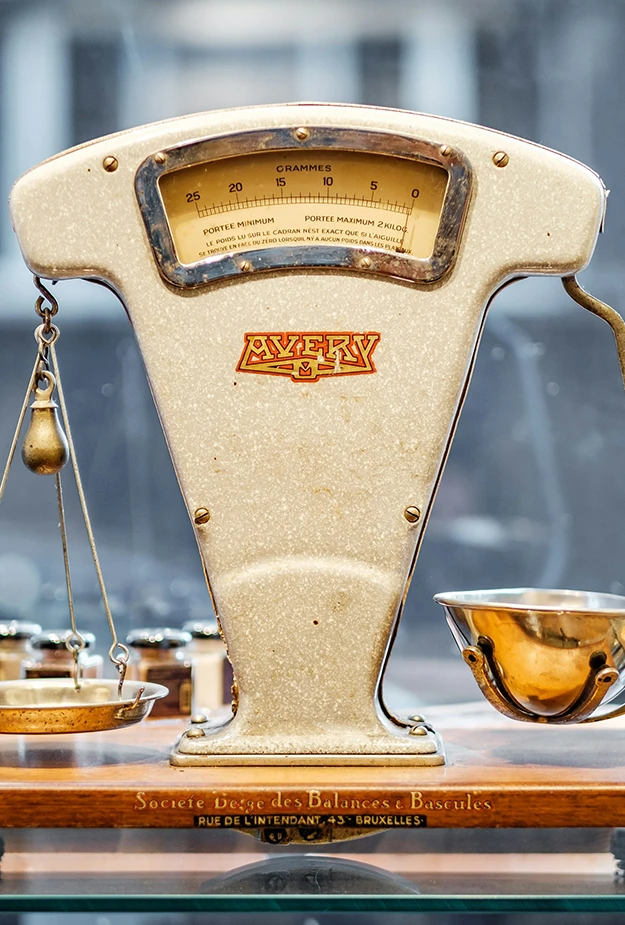
Related Posts


